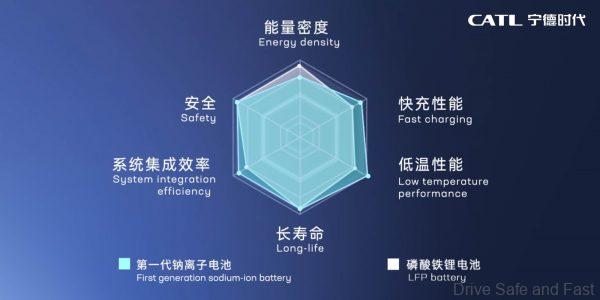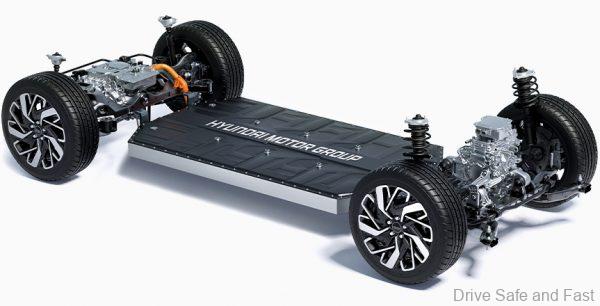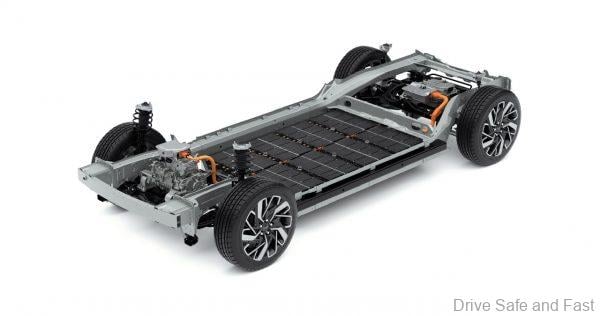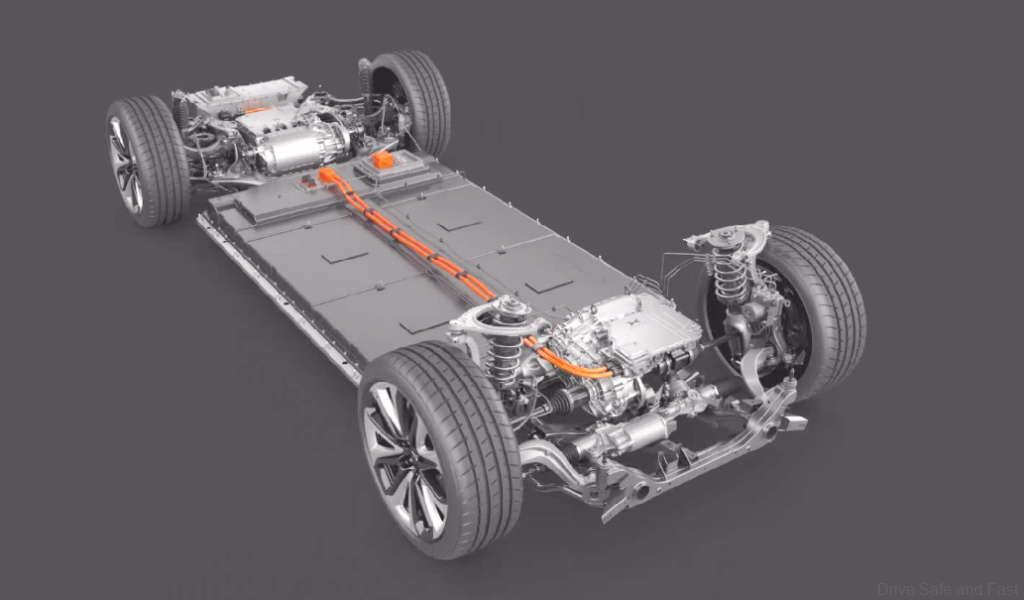Korean researchers have achieved a breakthrough development for sodium battery tech in EVs.
In a groundbreaking development, researchers at the Korea Advanced Institute of Science and Technology (KAIST) have unveiled a high-power hybrid sodium battery that can be charged in seconds. This remarkable achievement could pave the way for rapid charging solutions in the electric vehicle (EV) industry and beyond and has been worked on by multiple companies including China’s CATL and Sweden’s Northvolt.

Capitalizing on the abundance of sodium, which is nearly 1000 times more prevalent than lithium, the KAIST team has successfully integrated anode materials typically used in batteries with cathodes suitable for supercapacitors. This innovative combination enables the battery to achieve high storage capacities and rapid charge-discharge rates, making it a viable next-generation alternative to lithium-ion batteries.

The hybrid sodium-ion energy storage device, comprising the newly developed anode and cathode, boasts an impressive energy density that surpasses commercial lithium-ion batteries currently available in the market. Remarkably, the device exhibits the power density characteristics of supercapacitors, a testament to its rapid charging capabilities.
According to the researchers, this breakthrough addresses the slow energy storage rate of battery-type anodes and enhances the relatively low capacity of supercapacitor-type cathode materials, a crucial advancement in the development of high-performance hybrid batteries.

With an increasing demand for low-cost electrochemical energy storage devices with high energy density and fast-chargeable power density, the new sodium battery technology could find applications across a wide range of sectors, from mobile electronic devices and electric vehicles to large-scale grid systems.
Currently, available sodium-ion energy storage systems suffer from poor rechargeability due to their low power density, despite offering relatively high energy density. By focusing on sodium-ion hybrid energy storage (SIHES) cells, which can utilize the different potential windows of capacitor-type cathodes and battery-type anodes, the KAIST researchers have achieved an energy density of 247 Wh/kg and a staggering power density of 34,748 W/kg.

Professor Jeung Ku Kang, who led the research team, hailed the study as a breakthrough in overcoming the current limitations of energy storage systems. He anticipates broader applications across various electronic devices, including electric vehicles, where rapid charging is a crucial requirement.
The study, co-authored by KAIST doctoral candidates Jong Hui Choi and Dong Won Kim, was published in the prestigious journal Energy Storage Materials, further solidifying the significance of this groundbreaking research.
As the automotive industry continues its shift towards electrification, innovations like the KAIST sodium-ion battery could play a pivotal role in addressing the charging needs of electric vehicles, making them more convenient and practical for widespread adoption.


